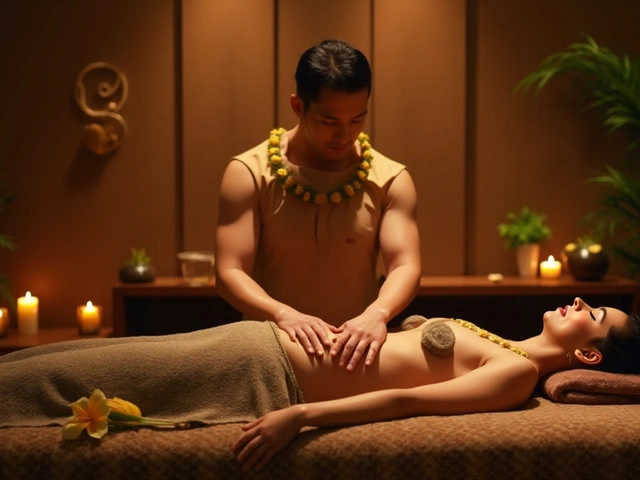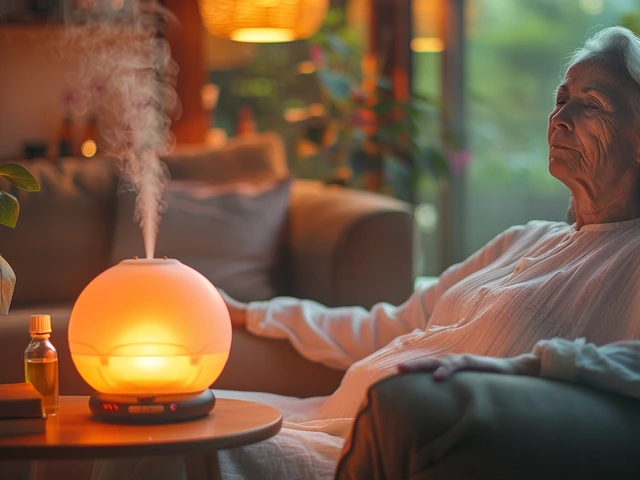Shiatsu massage: simple, effective pressure work for dogs
Want a quick way to calm your dog and ease tight muscles? Shiatsu uses steady finger or palm pressure on key points. For dogs, it’s gentle, safe when done right, and a great way to build trust. Below are clear steps and practical tips you can use at home.
What shiatsu can do and when to use it
Shiatsu helps reduce tension, encourage relaxation, and support better movement. Try it after a short walk to help muscles recover, or during quiet time to calm a nervous dog. Don’t use shiatsu for sharp injuries, open wounds, or right after major surgery. If your dog has a serious condition (like unstable heart disease or recent fractures), check with your vet first.
Good signs: loose body, slower breathing, soft eyes, and relaxed tail. If your dog pulls away, tenses, whines, or shows avoidance, stop and try a gentler touch or a different spot.
Basic shiatsu sequence you can do in 10 minutes
1) Prepare: Find a quiet, warm spot. Trim nails and remove collars that press into skin. Have small treats ready. Sit where your dog feels safe.
2) Start with a scan: Place flat palms gently on your dog’s shoulders and hips for a few seconds. Feel for heat, tightness, or mobility differences.
3) Neck and shoulders: Use thumbs or the heel of your hand. Apply steady, gentle pressure for 5–10 seconds at a point just behind the ear and at the base of the neck. Move slowly—don’t slide hard across the fur.
4) Along the back: Press along one side of the spine, not directly on the vertebrae. Use your fingertips or thumb pads to hold each spot for 5–8 seconds, then move a few centimeters back. Repeat on the other side.
5) Hips and hind legs: Apply steady pressure to the hip joint area and the large muscle above the femur. Hold points briefly and watch for a relaxed response. For tight hamstrings, use broader palm pressure rather than a single finger.
6) Paws and limbs: Gently press the webbed area behind toes and along the inner muscles of legs to help circulation. Keep sessions short if your dog dislikes paw handling.
7) Finish: Rest your hand flat on the dog’s side for a minute, then give a treat and calm praise. Always end on a positive note.
Quick safety checklist: avoid deep, sharp pokes; never press over bones or open wounds; stop if the dog shows pain; keep sessions under 15 minutes for beginners. If you notice persistent limping, worsening behavior, or new soreness after shiatsu, see your vet or a certified canine massage therapist.
Want to learn more? Consider a short class or a session with a certified canine bodyworker. They can show you exact point locations and ways to adapt pressure for your dog’s size and temperament. With a little practice, shiatsu becomes a gentle tool to help your dog feel calmer and move easier—one short session at a time.

Shiatsu Massage: The Unexplored Jewel of Alternative Healing Practices
Uncover the ancient secrets and modern benefits of Shiatsu, a Japanese massage technique that has emerged as a hidden gem in the realm of alternative medicine. Through gentle but firm pressure, Shiatsu not only offers relaxation but also aims to stimulate the body's self-healing capabilities. This comprehensive guide dives deep into the principles of Shiatsu, explores its health benefits, offers practical tips for a session, and even discusses how to incorporate these techniques into your daily routine for improved holistic health.

Unveiling the Magic of Shiatsu Massage
Hi there, all wellness enthusiasts! Dive into my latest piece dedicated to unveiling the magic of Shiatsu massage! We'll journey together through the fascinating world of this Japanese healing practice, uncovering the tradition's holistic and harmonious approach to rejuvenating the body and mind. Expect to gain a new appreciation for the powerful therapeutic potential of this humble hand-based technique, and find out how Shiatsu can enrich your personal wellness journey.




